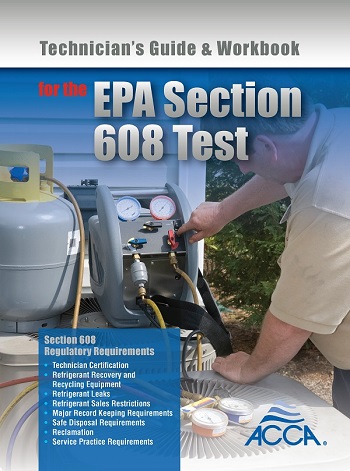TheEPAreleased a draft specification establishing the criteria for high-efficiency bathroom sink faucets as part of its new WaterSense program that are a third lower than current federal standards.
In addition to all applicable ASME requirements, the flow rate for such faucets should meet the following:
- The flow rate shall not exceed 1.5 gallons per minute at a pressure of 60 pounds per square inch.
- The flow rate shall not be less than 1.2 gpm at a pressure of 20 psi.
The lower pressure level is designed to take into account plumbing systems, such as private water wells, in which water pressure is much lower. The limits are for residential bathroom and light commercial buildings. Public lavatory and metering faucets are excluded.
The specification is effective July 1. Currently, the flow rates for such faucets are 2.2 gpm at 60 psi. Before such standards first came into place in the early-1990s, faucets of this type ranged from 3 to 7 gpm.
“Since these types of faucets are used primarily for hand-washing and other sanitary activities … WaterSense believes that maximum flow rates can be reduced enough to impact national water consumption while at the same time not negatively impacting user satisfaction,” an EPA news release stated.
The EPA pointed to two separate retrofit studies in which existing bathroom sink faucets were replaced with 1.5-gpm pressure-compensating aerators. In one study, 58 percent of the participants felt the new faucets performed the same or better than the old faucets. In the other study, 80 percent felt this way. The EPA also mentioned another study that reduced the water even more to 1 gpm; 89 percent said the new faucets worked the same or better than the old ones.
There are no faucets that meet the criteria on the market today, according to the program. WaterSense is strictly a voluntary program set up by the EPA to identify standards for high-efficiency plumbing products that are, ideally, 20 percent lower than current standards. Once the standards are established, manufacturers may be more ready to make such products.
For example, last January, WaterSense announced high-efficiency standards for toilets at 1.3 gallons for flush, compared to the national standard of 1.6 gpf. Such toilets were already on the market.
Products meeting the WaterSense standards will include a WaterSense logo and manufacturers will also be able to advertise and market their high-efficiency products. Eventually, plumbing contractors may become certified WaterSense installers. Currently, WaterSense certifies installers of its irrigation products.







